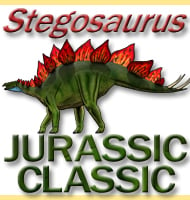Antarctopelta
In Depth Antarctopelta is the first armoured dinosaur known to have lived in Antarctica, though it should be pointed out that when Antarctopelta lived there, Antarctica was not covered in snow and ice. Antarctopelta was a kind of dinosaur called a nodosaur which means that in life it would have had a squat quadrupedal profile. … Read more

